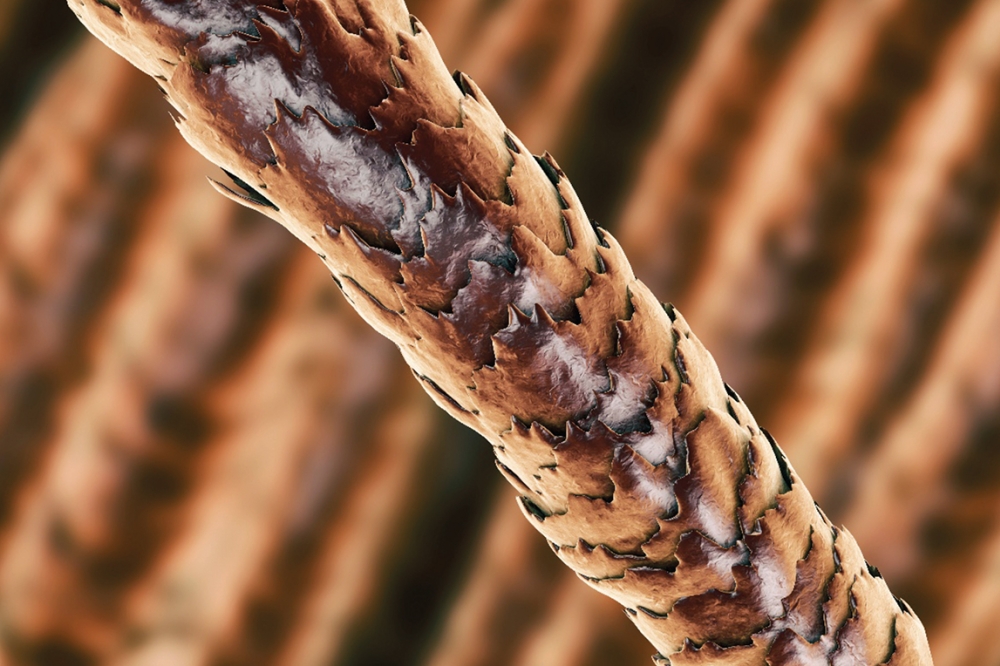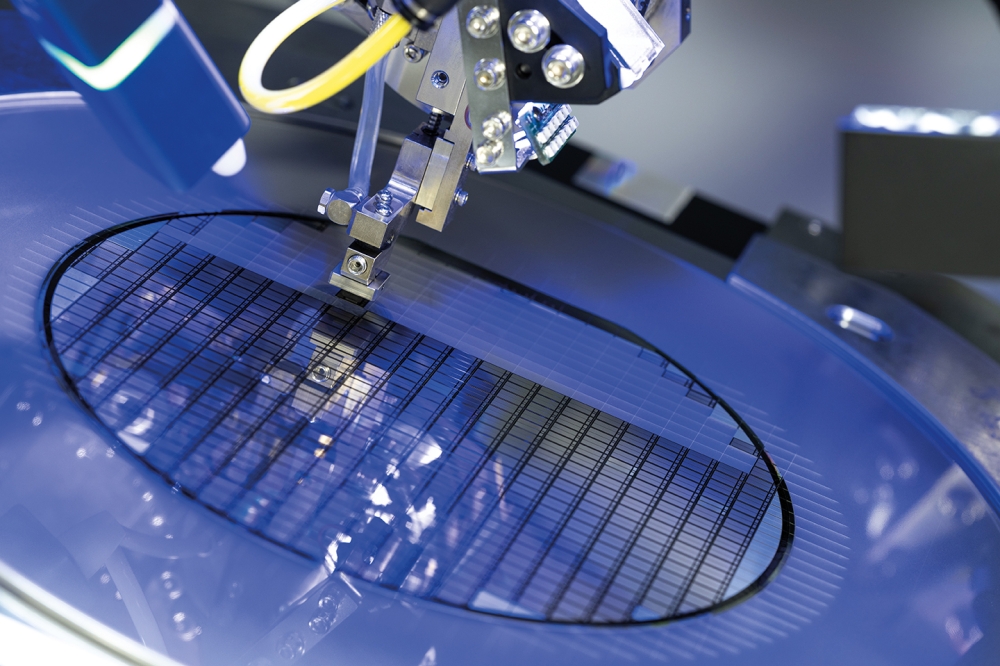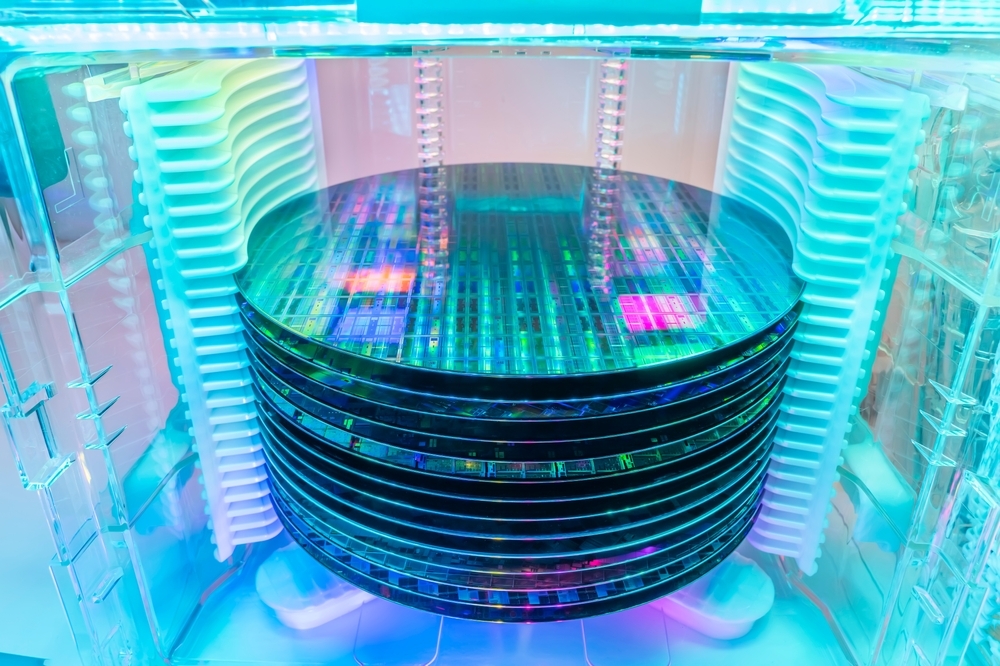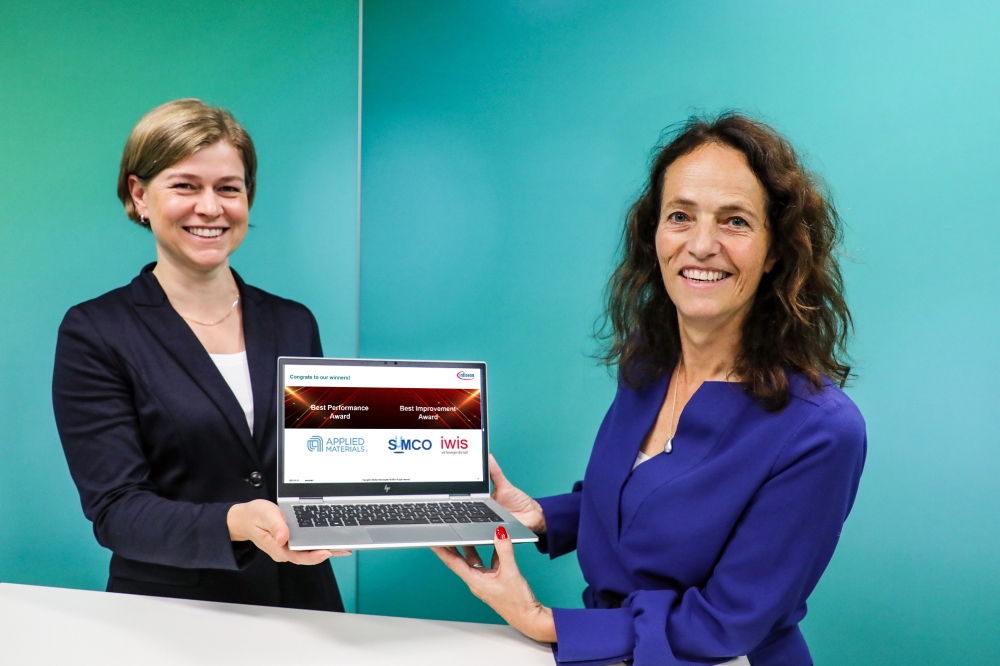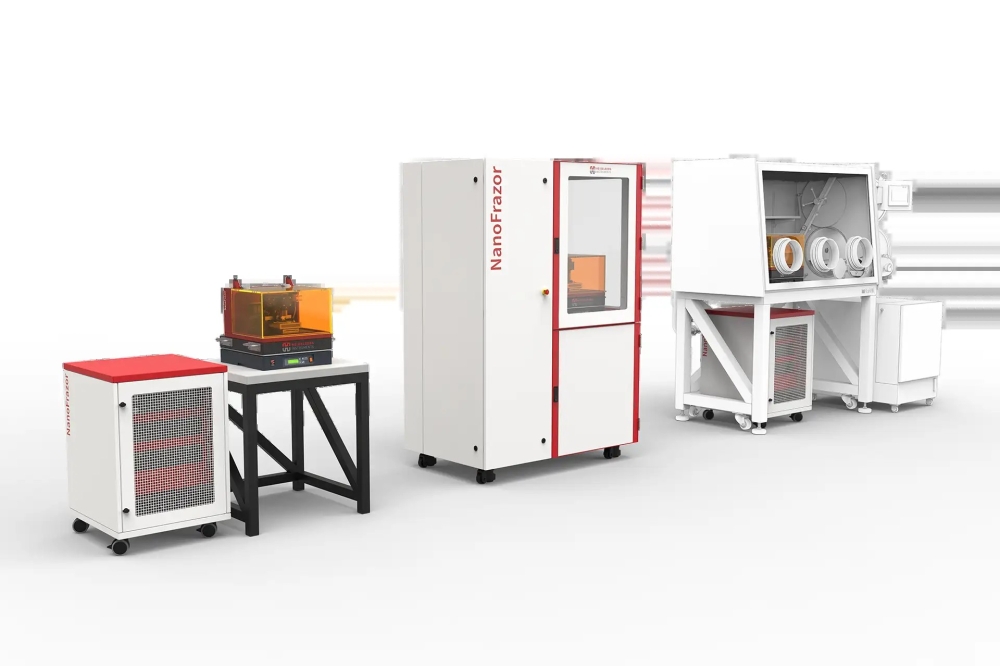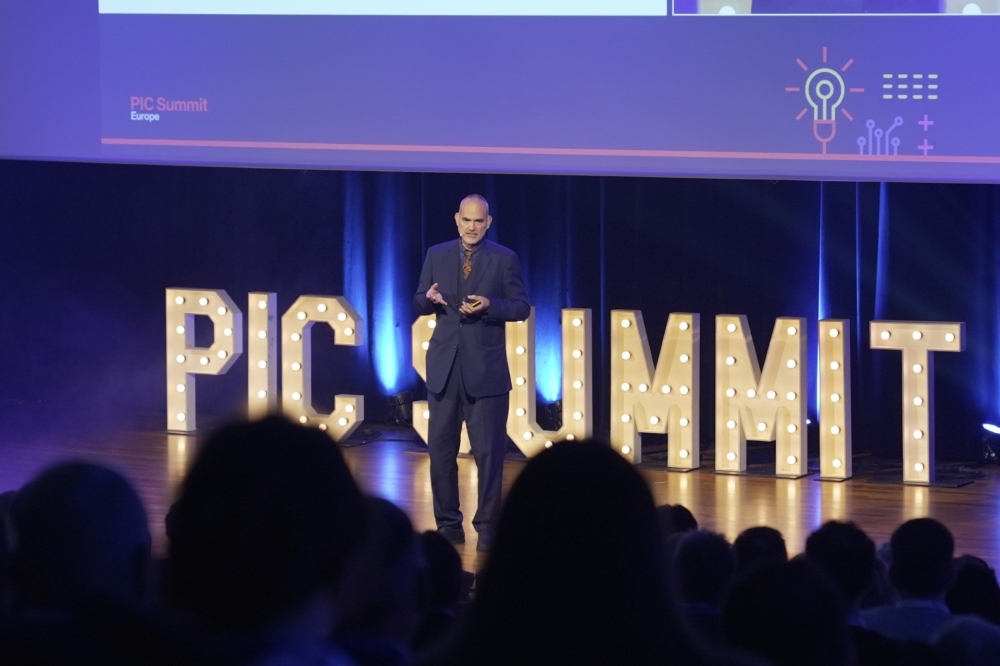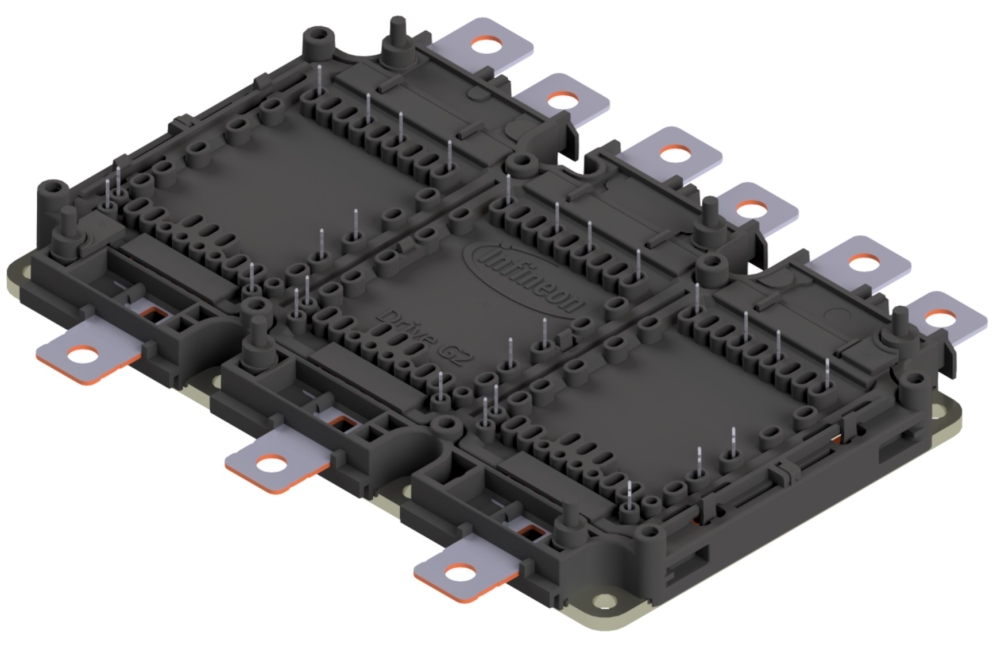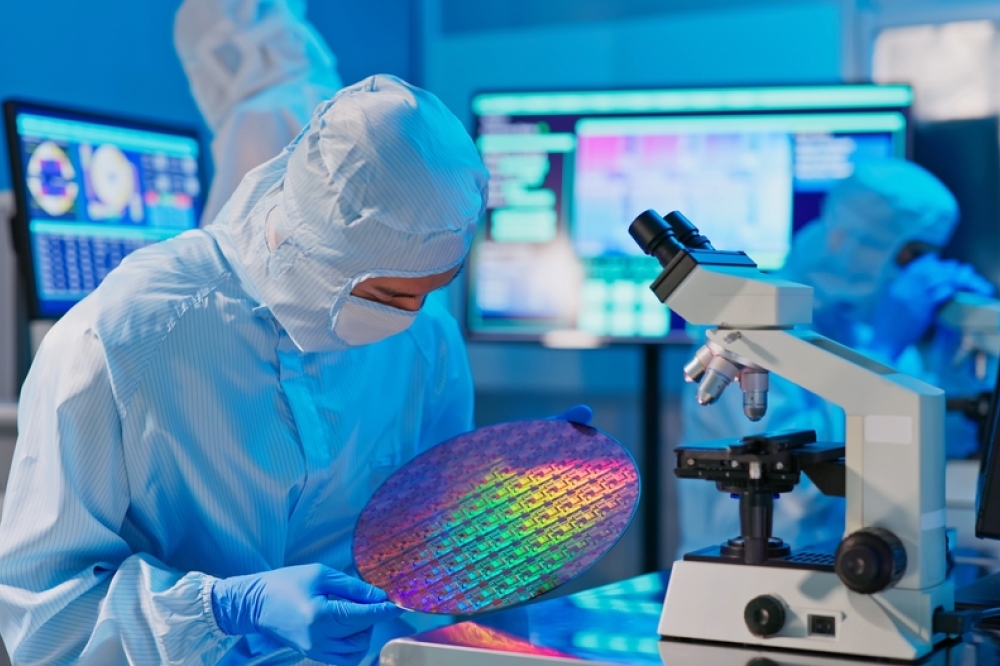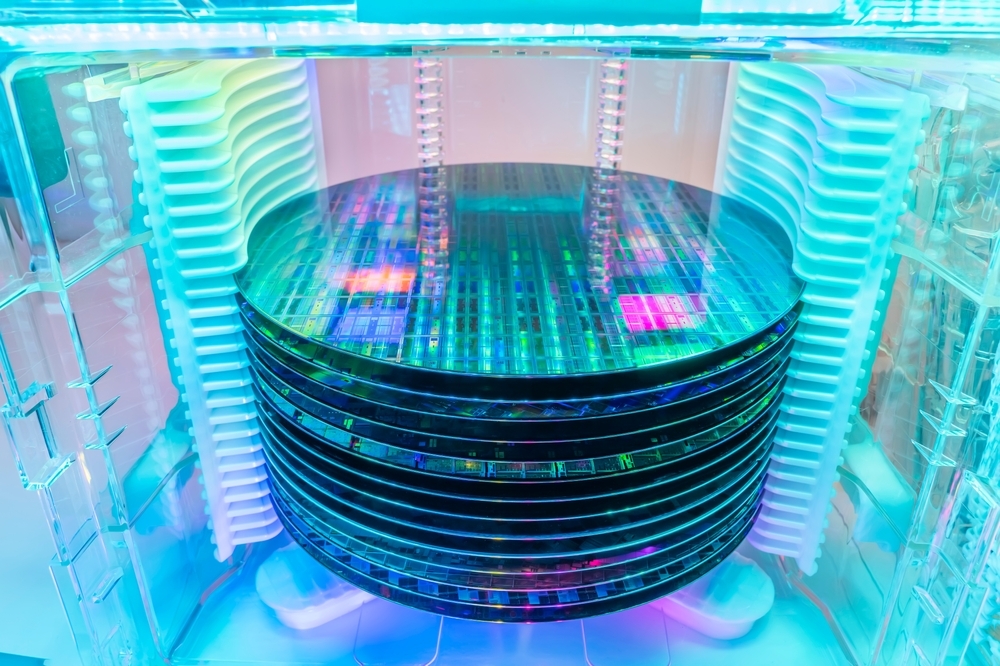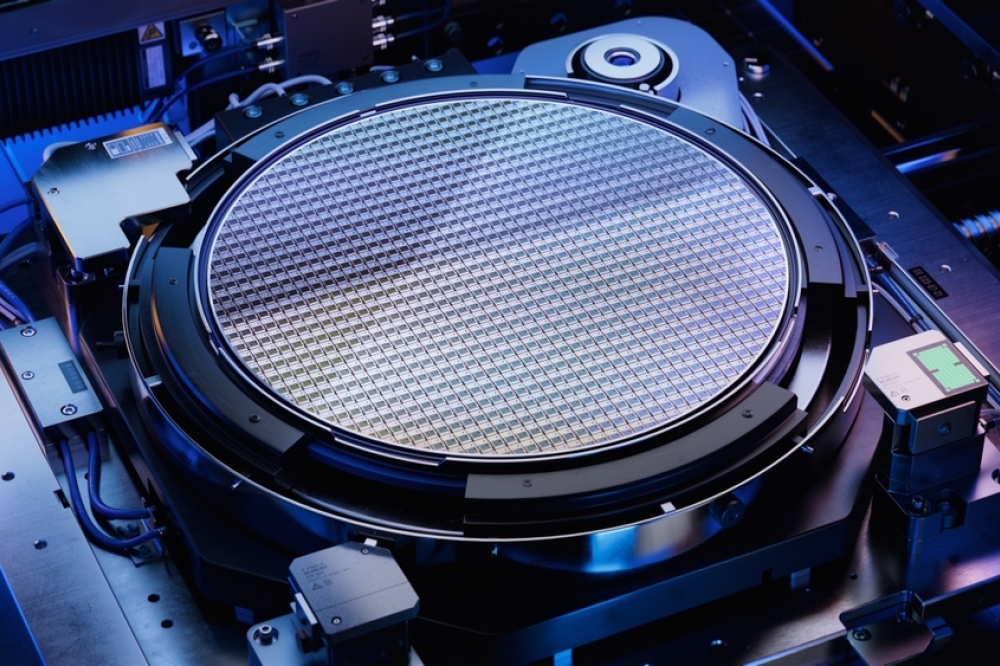Thermo Fisher Scientific Adds Three New Products

For semiconductor manufacturers seeking fast, high-quality electrical and physical failure analysis, Thermo Fisher Scientific has announced three new additions to its broad portfolio of semiconductor failure analysis workflows. The company will demonstrate these products and its other market-leading technologies during the 24th International Symposium on the Physical and Failure Analysis of Integrated Circuits (IPFA 2017), taking place July 4-7, 2017, in Chengdu, China.
The new Helios G4 plasma focused ion beam (FIB) system is designed to deprocess and provide ultra-high-resolution scanning electron microscope (SEM) analysis on a wide variety of semiconductor devices. The new flexProber system is used for fast electrical fault isolation to identify and locate faults both at the interconnect and the transistor levels of the semiconductor wafer. The new Themis S transmission electron microscope (TEM) is designed to provide atomic-level resolution imaging and high-throughput chemical analysis on the most challenging semiconductor devices.
"The semiconductor market continues to evolve at a fast pace, with strong growth in the memory, foundry, internet of things (IoT), advanced packaging and display markets," said Rob Krueger, vice president and general manager, semiconductors, Thermo Fisher. "This growth has increased the need for fast, high-quality electrical and physical failure analysis. These products add new capabilities and increased flexibility to our existing portfolio of failure analysis solutions."
The Helios G4 plasma FIB system is Thermo Fisher's latest-generation DualBeam microscope. It can perform a wide variety of failure analysis applications, from high-speed delayering to SEM cross-section imaging of devices and TEM sample preparation. Semiconductor delayering is an increasingly important application in fault localization at sub-14nm technology nodes. The plasma FIB and proprietary Dx chemistry is used to expose metallization layers, allowing electrical fault isolation and analysis to be performed with Thermo Fisher nanoprobing tools.
The Helios G4 plasma FIB system can support deprocessing down to the 7nm node and offers automated end pointing that stops milling automatically when the metal or via layer of interest is exposed. It provides up to 10-20 times faster milling rates than conventional (Ga+) FIB solutions, allowing engineers to create larger samples for nanoprobing and TEM imaging, as well as large area SEM cross-sections, on a broad range of advanced (2.5D) packaging, light-emitting diode (LED), display and microelectromechanical systems (MEMS).
The new flexProber system is designed to help engineers to quickly locate and identify electrical faults, using an SEM to position fine mechanical probes on exposed circuit elements. Accurately locating the fault can improve productivity and cost-effectiveness in subsequent analysis by ensuring that the fault is included when a thin section is extracted for high-resolution imaging in a TEM. The flexProber system includes a new SEM column specifically designed for probing applications, with a 2X improvement in resolution compared to its predecessor, the nProber II. It incorporates many of the capabilities of Thermo Fisher's high-end Nanoprober product line and is designed to address a broad range of semiconductor device types and process technologies. It provides an ideal pathway into electrical probing, offering an entry-level configuration while preserving the option to upgrade to full Nanoprober system capability in the future.
The Themis S system is Thermo Fisher's latest addition to the industry-standard Themis TEM platform. Targeted at the needs of semiconductor failure analysis labs working at the sub-20nm technology node, the Themis S system is designed for high-volume semiconductor imaging and analysis and includes an integrated vibration isolation enclosure and full remote operation capability. The probe-corrected, 80-200kV column, automated alignments, XFEG source and DualX x-ray spectrometer provide robust, sub-à…ngström imaging and fast, accurate elemental and strain analysis.
"We have customers working on a wide variety of devices, from the most advanced memory and logic at the sub-20 and even 7nm nodes, to more mature device technology that is still critically important and used in many state-of-the-art applications like smart phones and IoT products," said Krueger. "Our suite of failure analysis tools covers a diverse set of semiconductor customers with a wide-array of requirements. We look forward to meeting with our customers at the IPFA conference in China to discuss how our product portfolio can meet their needs."


